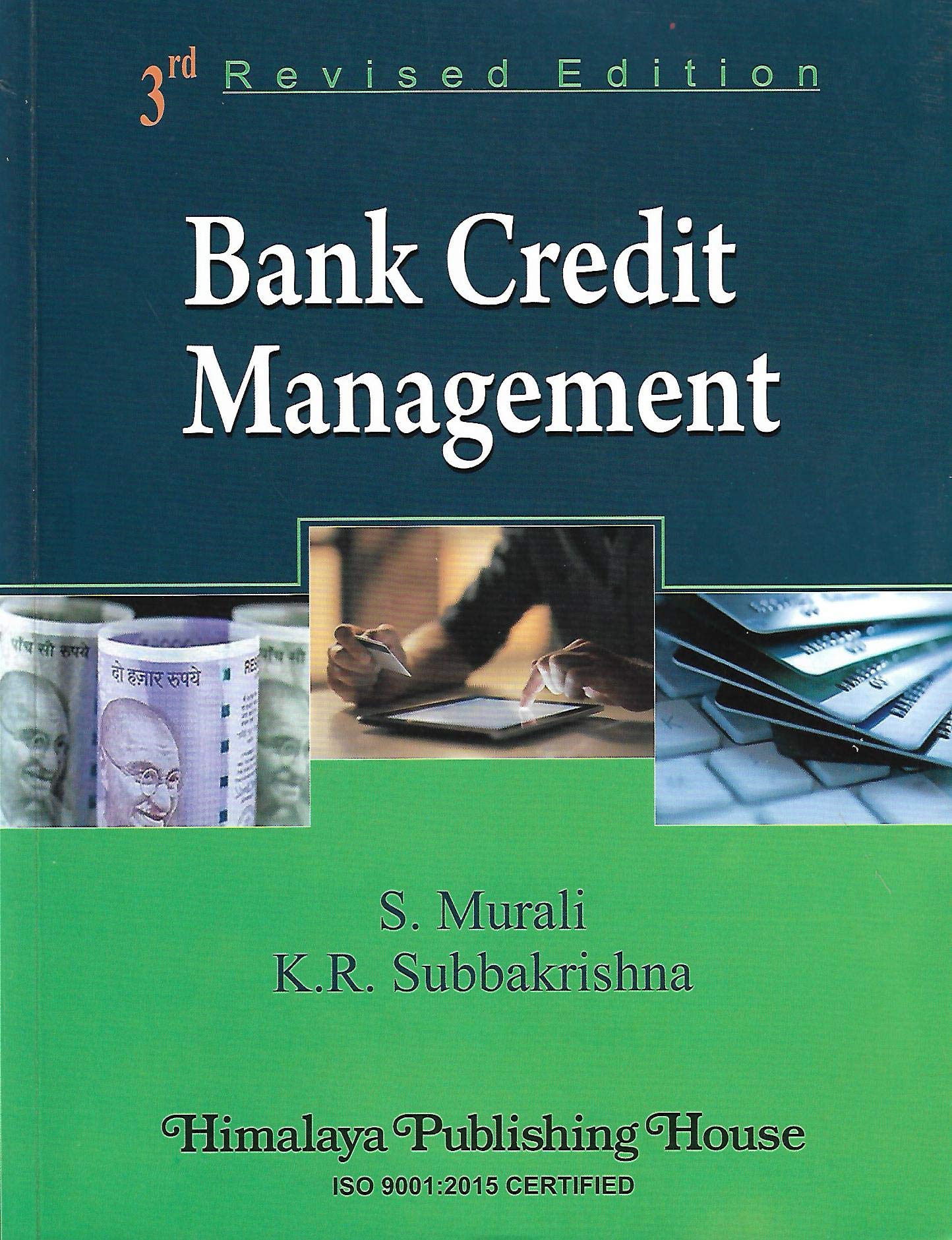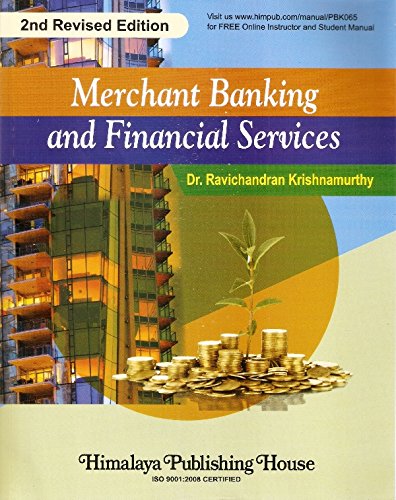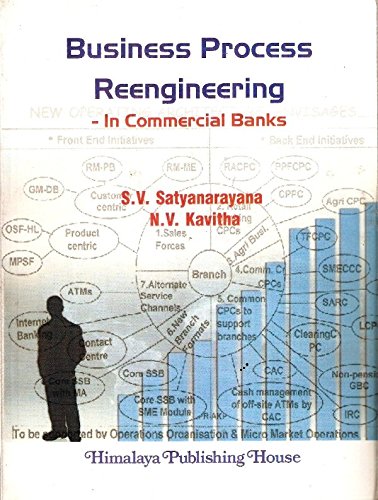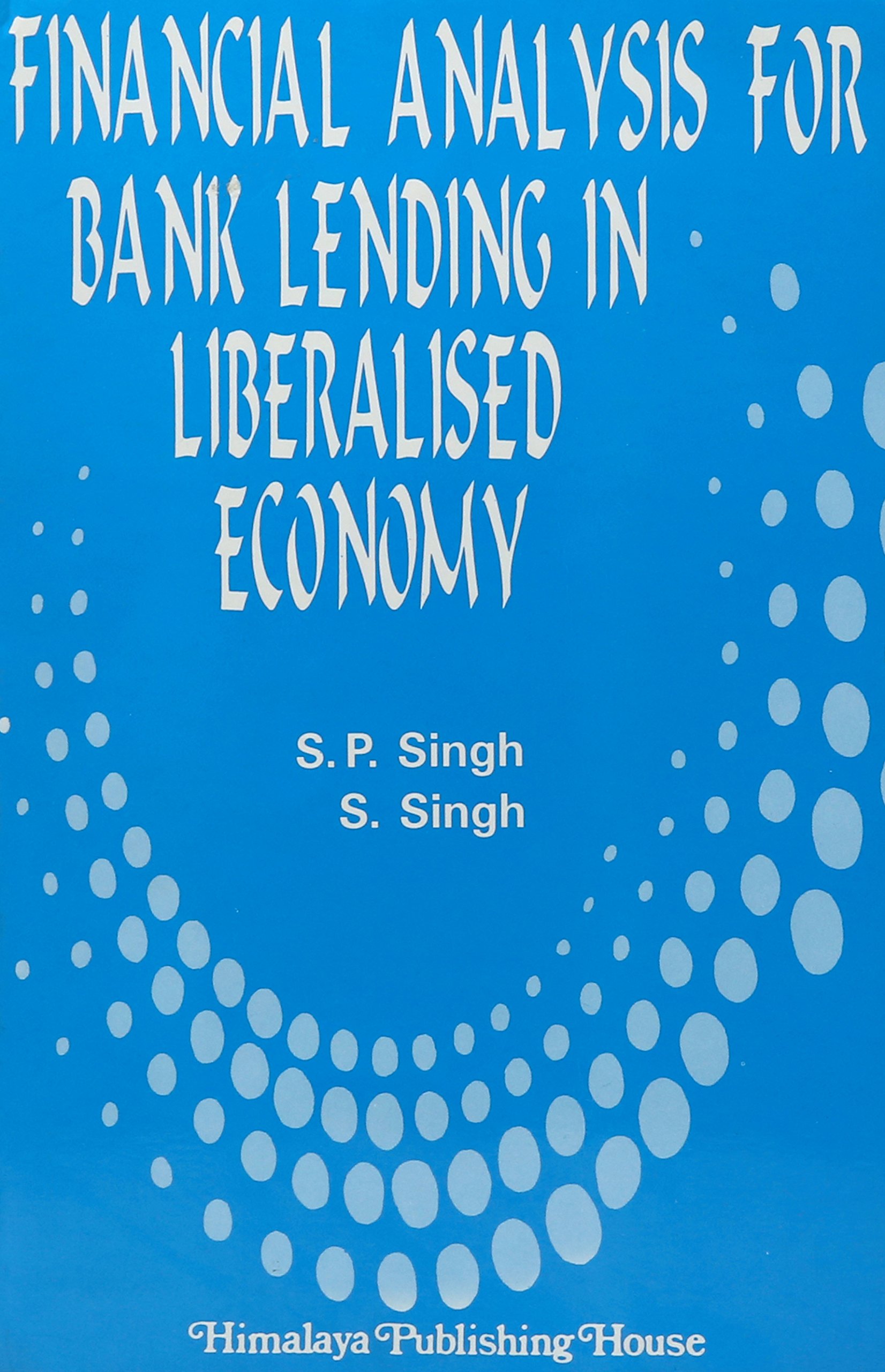Buy Academic Books Online in India | Second-Hand Academic Books
Featured Products
Business Process Re-engineering in Commercial Banks
₹299.00
M.R.P.:₹ 325.00
You Save: ₹26.00 (8.00% OFF)
Modern Banking and Working Capital Management
₹532.50
M.R.P.:₹ 710.00
You Save: ₹177.50 (25.00% OFF)
Financial Analysis for Bank Lending in Liberalised Economy
₹511.50
M.R.P.:₹ 550.00
You Save: ₹38.50 (7.00% OFF)











